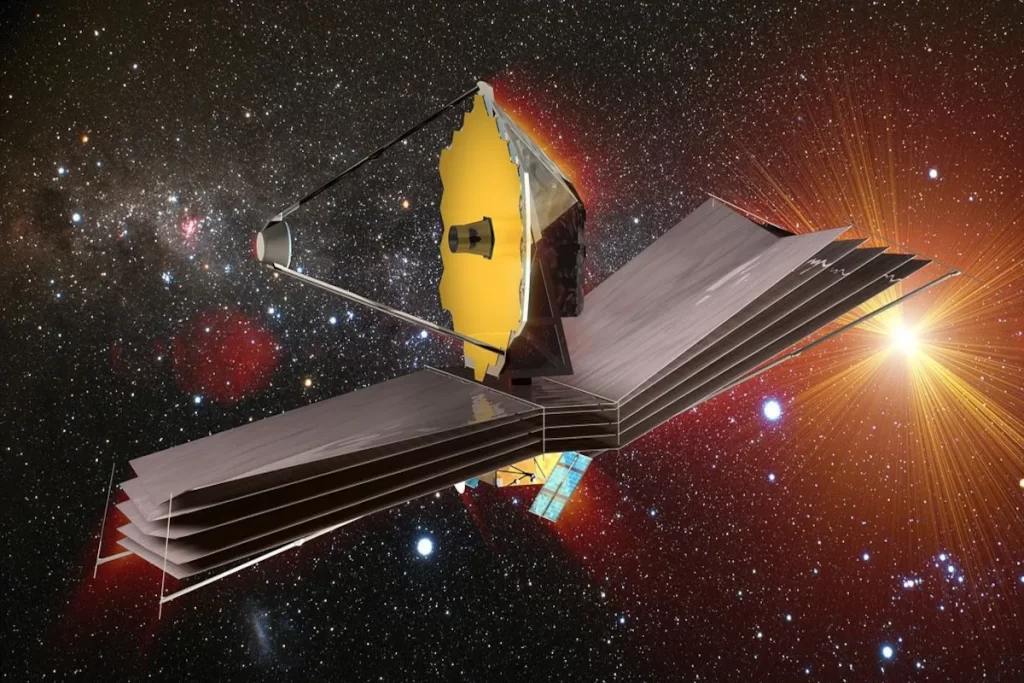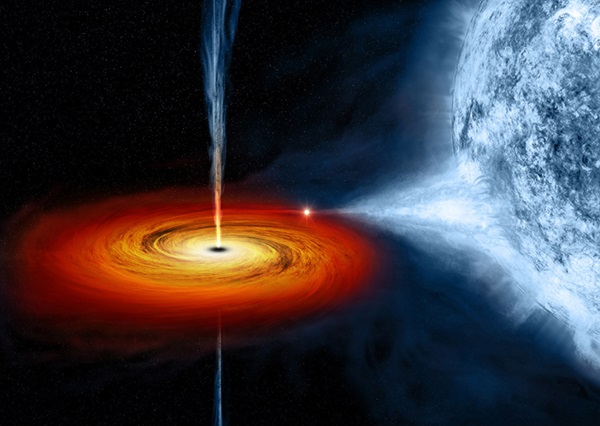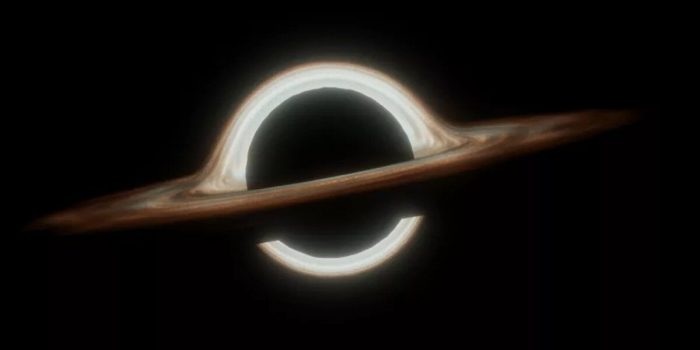At the center of a young galaxy that existed 570 million years after the Big Bang, the James Webb Space Telescope (JWST) has discovered the earliest known supermassive black hole in the universe, with a mass 10 million times that of the sun.
The JWST has the ability to look back in time to the earliest stages of the universe, and this cosmic monster could be just one of many black holes that were present during the cosmic dawn. This period began approximately 100 million years after the Big Bang and lasted for a billion years. It is unclear why there were so many black holes during this time or how they grew to be so large.

“This is the first one that we’re finding at this redshift [point in time after the Big Bang], but there should be many of them,” lead study author Rebecca Larson, an astrophysicist at the University of Texas at Austin, told Live Science. “We do expect that this black hole didn’t just form [recently], so there should be more that are younger and existed earlier on in the universe. We’re just starting to be able to study this time in cosmic history this way with the JWST, and I’m excited for us to find more of them.”
The researchers who found this particular black hole published their findings on the preprint server arXiv on March 15, but the research has not yet been peer-reviewed.
Through analyzing faint glimmers of light from the universe’s earliest years, the astronomers found an unexpected spike among the frequencies, indicating that the hot material around a black hole was emitting faint traces of radiation across the universe.
The formation of black holes so suddenly in the young cosmos is still a mystery. Astronomers continue to search for even younger “primordial” black holes that may have formed soon after or possibly even before the Big Bang. However, they have yet to find any evidence of their existence.

Two theories attempt to explain how black holes could have grown so quickly after the Big Bang. One suggests that they are remnants of giant stars that formed more rapidly than those in existence today. The other theory proposes that billowing clouds of extremely dense gas collapsed suddenly, forming the singularities in space-time that we now know as black holes.
“The direct collapse method would have to start with a larger amount of matter in the galaxy directly collapsing into a black hole,” Larson said. “It’s less likely but it would take less time, and there hasn’t been that much time at the point we observed it.”
According to Larson, it’s possible that a Population III Star, which is a type of star hypothesized to be the first to exist in the universe and comprised only of hydrogen and helium, exploded and left behind a black hole approximately 200 million years after the Big Bang. This black hole then rapidly accreted material, sometimes at a faster-than-stable rate, causing it to expand to its observed size.
To discover additional information about the formation of the black hole at the heart of the galaxy, the researchers will collaborate with the MIRI development team to scan for a more powerful light signature from the distant galaxy.


